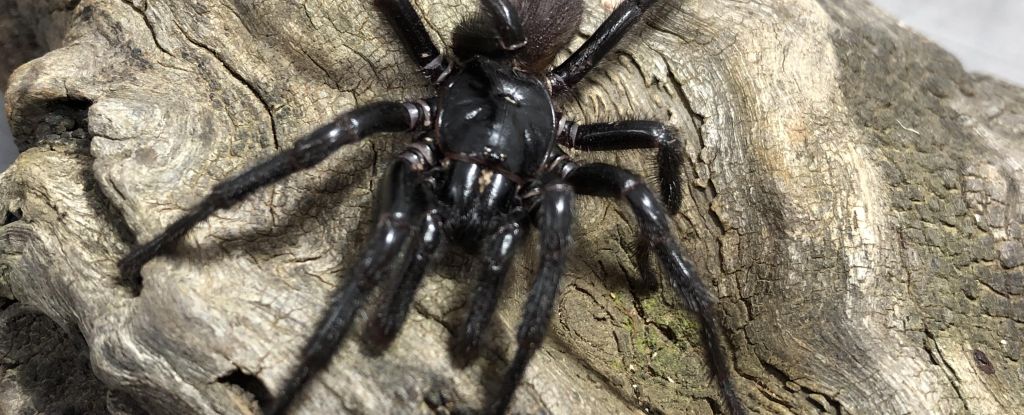Recent research published in Nature by Aman Agrawal from The Conversation, alongside colleagues from the University of Chicago and the University of Houston, sheds light on rainwater’s pivotal role in stabilizing early cells, crucial for the evolution of life.
Understanding Early Cell Stability
Scientists have long pondered how nonliving matter transitioned into living cells capable of replication and metabolism. Chemists like Stanley Miller and Harold Urey demonstrated in 1953 that complex organic compounds could arise from simpler materials under early Earth conditions.
Protocells and Their Composition
Early protocells likely consisted of a matrix material providing structure and genetic material carrying instructions for function. The stability of these protocells was enabled by compartments formed by a matrix and membrane, concentrating reactants and protecting them from the environment.
Models of Protocells
Two models, vesicles and coacervates, are proposed as early protocells. Vesicles, resembling modern cell structures but lacking specialized proteins, limited interaction potential. Coacervates, which lack a membrane, facilitated chemical concentration but struggled with genetic material stability.
Challenges with Coacervates
Coacervates, discovered by Dutch chemists in 1929, lacked membranes, leading to rapid fusion and genetic material mixing. This instability hindered genetic variation crucial for natural selection and evolution.
Rainwater’s Role
Research indicated that rainwater, rich in ion-free water, stabilized coacervates by forming a protective “wall” around them, preventing fusion and genetic material leakage.
Implications and Future Research
This interdisciplinary research not only addresses scientific curiosity about life’s origins but also explores fundamental questions about existence. Understanding early genetic replication mechanisms is crucial in deciphering prebiotic evolution and Earth’s conditions over 3.8 billion years ago.
Conclusion
The study underscores the collaborative efforts across scientific disciplines to unravel the mysteries surrounding life’s inception. By investigating geological, chemical, and environmental conditions of early Earth, researchers aim to uncover the profound origins of life itself.
For the latest tech news and reviews, follow Gadgets 360 on X, Facebook, WhatsApp, Threads and Google News. For the latest videos on gadgets and tech, subscribe to our YouTube channel. If you want to know everything about top influencers, follow our in-house Who’sThat360 on Instagram and YouTube.






